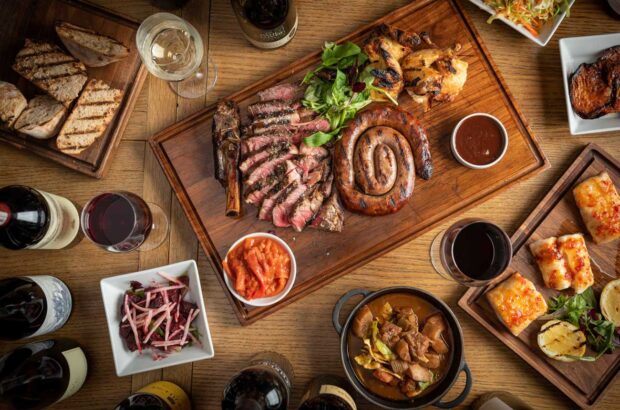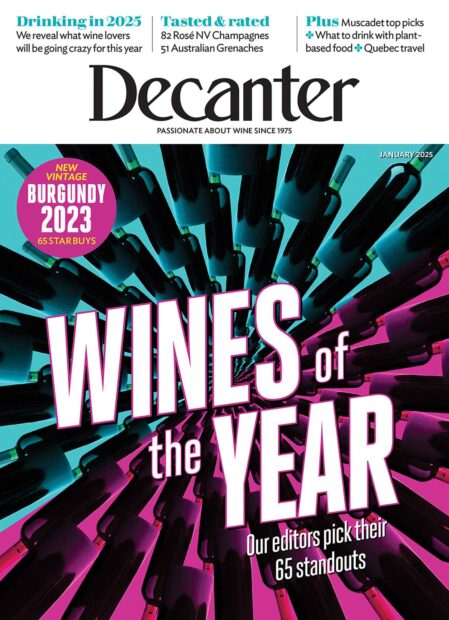-
Burgundy wine shortage may result from vine disease and ageing vineyards
-
Average age of Burgundy vines is 50 years
-
Wine council devises plan to help producers
The future is challenging for Burgundy, according to a report by the Burgundy wine council, BIVB.
While demand for Burgundy is strong, and prices for top wines remain high, overall harvest size is set to shrink – and not just due to the perennial threat of hail storms.
Burgundy vineyards have ‘aged and the yields reduced significantly since 2000 in response to a range of factors’, said Corinne Trarieux, of the BIVB Technical Centre.
The first problem relates to degenerative vine diseases such as esca or fanleaf, which affect almost 14% of vineyards and ultimately kill many vines.
More than 100,000 hectares of vines across France were lost to disease in 2014, French government figures show.
The age of vines is a problem, too. In Côte d’Or and Saône-et-Loire, 60% of the vines are over 30 years old. The average age of a Burgundy vineyard is 50 years, Corinne Trarieux told Decanter.com, which causes lower yields.
Turnover of vines is under 1%, according to Trarieux. The replanting of dead vines only and not the whole area – ‘complantation’ – is a factor in low production.
Trarieux concluded that, in the face of climate change, growers need to be proactive in addressing the various issues.
Relatively small Burgundy vintages in 2011, 2012 and 2013, have already reduced some wineries’ cash flow, preventing them from replanting, according to the report.
It also reports that owners of some areas of Burgundy Grand Cru or Premier Cru vineyards do not want to replant the whole area and reduce their revenues for four or five years.
To deal with this situation, the BIVB has launched a programme to help vine growers.
‘To increase potential production, a lot of things need to be implemented,’ said Corinne Trarieux. ‘But we must do this intelligently to avoid interrupting production.’







